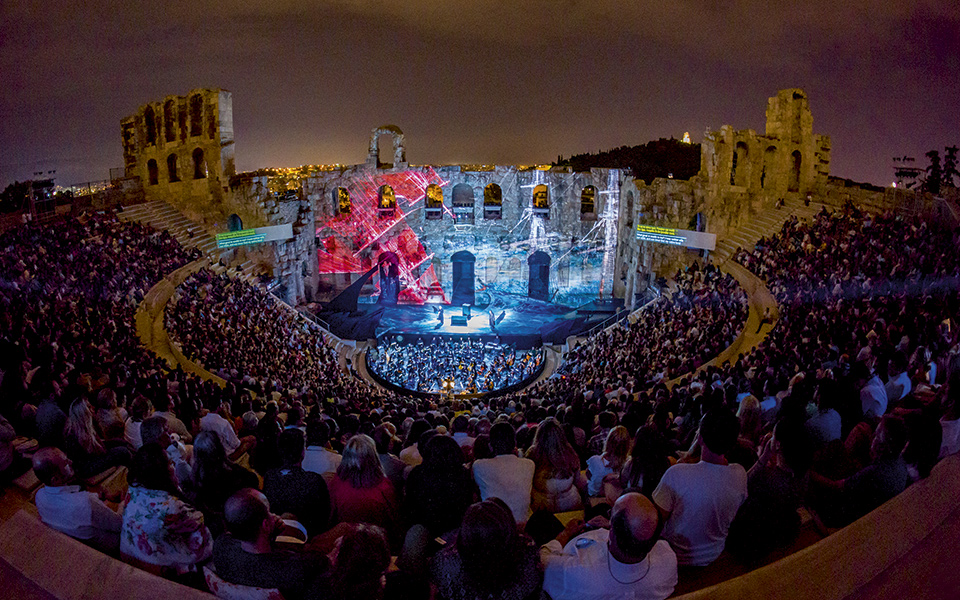Summer 1955: Elvis Presley was recording with Sun Records in the USA, while in France, Simone de Beauvoir, who had won the Prix Goncourt for her novel The Mandarins just half a year earlier, was preparing to visit China with Jean-Paul Sartre. In Greece, it was a time of both cultural and political change, and George Rallis, then Minister for the Presidency of the Government, decided to organize an arts festival in Athens. To give it a more international profile, the renowned theater director of the Metropolitan Opera of New York, Dinos Giannopoulos, was invited to organize the debut.
On 24 August 1955, a little before 8 pm, the Athens State Orchestra opened the festival with Handel’s Largo. Some 40 days later, the greatest Greek conductor of all time, Dimitris Mitropoulos, conducted the New York Philharmonic Orchestra at the Orpheus Theater (rain had ruled out the Odeon of Herodes Atticus as a venue). “No one has received such warm and prolonged applause as Mitropoulos,” the press wrote at the time. From this auspicious beginning, the Athens Festival would go on to become a cultural institution of decisive importance for the country.
Thirsty for artistic creativity, the public immediately embraced the festival that would forever change the Greek summer. Not only did it become the flagship for artistic events, but it was also the institution that gave successive generations of attendees their cultural baptism. The festival introduced Greek audience to the international cultural scene, while simultaneously strengthening its relationship with native-born artists.
“Thirsty for artistic creativity, the public immediately embraced the festival that would forever change the Greek summer.”
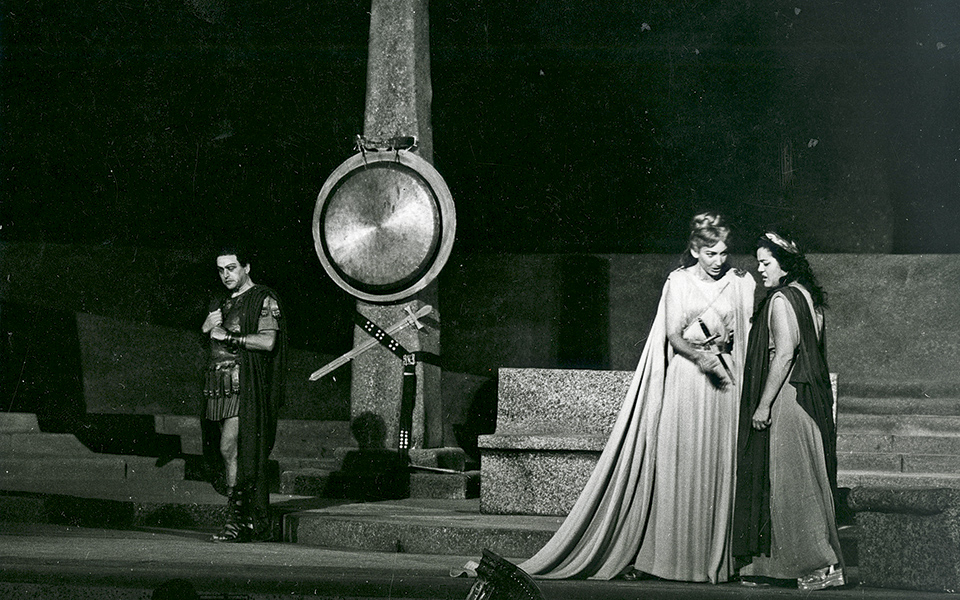
© Anniversary Edition "50 Years Athens Festival"
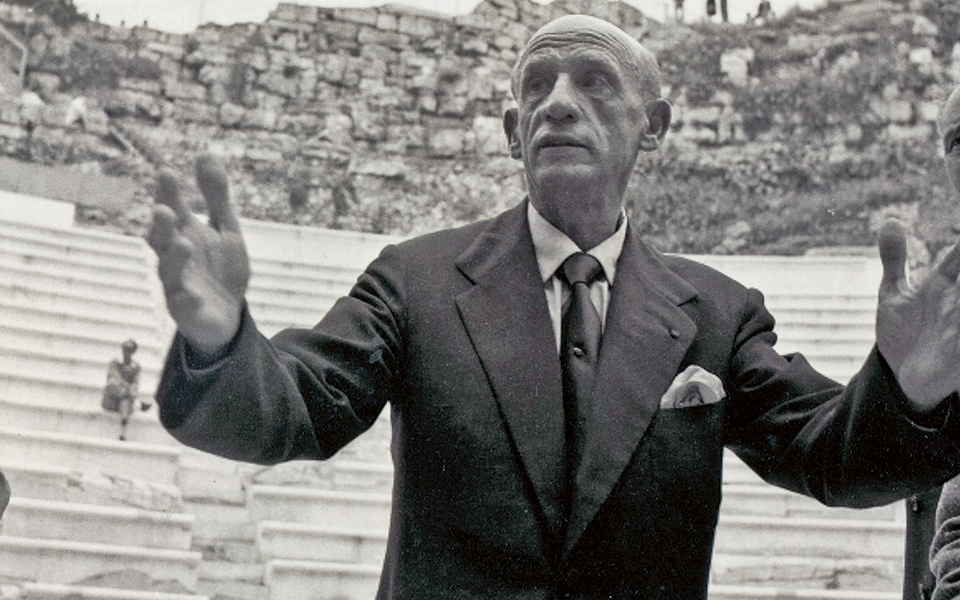
© Anniversary Edition "50 Years Athens Festival"
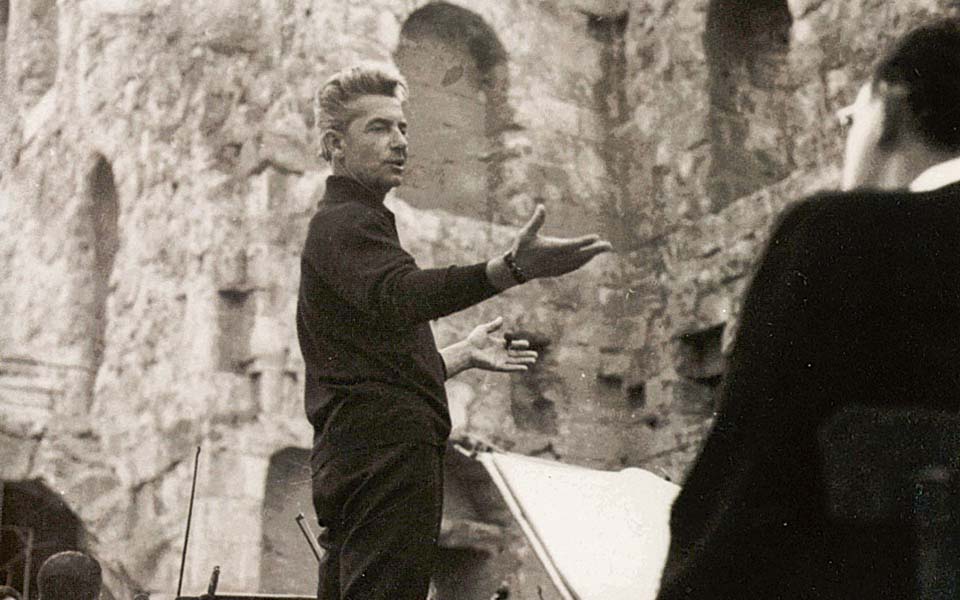
© Anniversary Edition "50 Years Athens Festival"
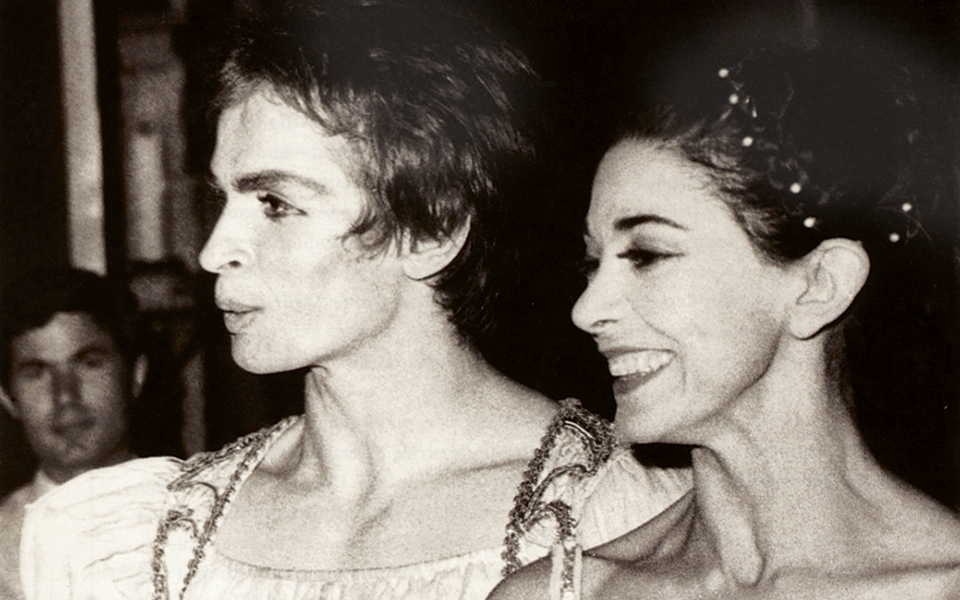
© Anniversary Edition "50 Years Athens Festival"
“The Odeon was the first venue to be identified with the festival. Organizers shrewdly “sold” to foreign artists the opportunity to perform under the “halo” of the Acropolis.”
Over the past six decades, the festival has hosted some of the leading lights of theater, music and dance, including Maria Callas (who returned to Greece in 1957 after a 12-year absence); Margot Fonteyn (who appeared for the first time in 1961 and returned the following two years with Rudolf Nureyev); Leonard Bernstein (with whom the New York Philharmonic returned in 1959); Herbert von Karajan (who twice conducted the Berlin Philharmonic, in 1962 and 1965); and Martha Graham, one of the greatest artists of the 20th century. Others who have graced the festival include Mstislav Rostropovich, Luciano Pavarotti, Yehudi Menuhin, Sylvie Guillem, Pina Bausch and George Balanchine, to name just a few more, along with such Greek luminaries as Mikis Theodorakis, Manos Hadjidakis and Leonidas Kavakos.
There were, of course, some teething problems in the early years; having adopted tried and tested formats from abroad, the festival at first seemed to be addressing itself more to older audiences, playing it safe with major ensembles, famous soloists and classical ballet. Boldness was not encouraged; Modern Greek theater pioneer Karolos Koun’s production of Aristophanes’ The Birds, for instance, was withdrawn in 1959 because it was considered blasphemous. However, this conservatism eventually disappeared as younger generations of artists claimed their place in the program, with the American Ballet Theater (1970), the Nederlands Dans Theater (1972) and the Alvin Ailey American Dance Theater (1979) bringing the first wave of modernism.
From the early ‘80s onwards, the festival became known for a decidedly more innovative approach. In 1984, Japan’s Toho Theatre Company, directed by multi-awarded Yukio Ninagawa, staged one of the greatest ever performances of Medea, featuring a male actor in the title role. One year later, as the city of Athens celebrated its designation as the European Capital of Culture, the Royal National Theater presented a truly memorable production of Coriolanus, directed by Peter Hall and starring Ian McKellen.
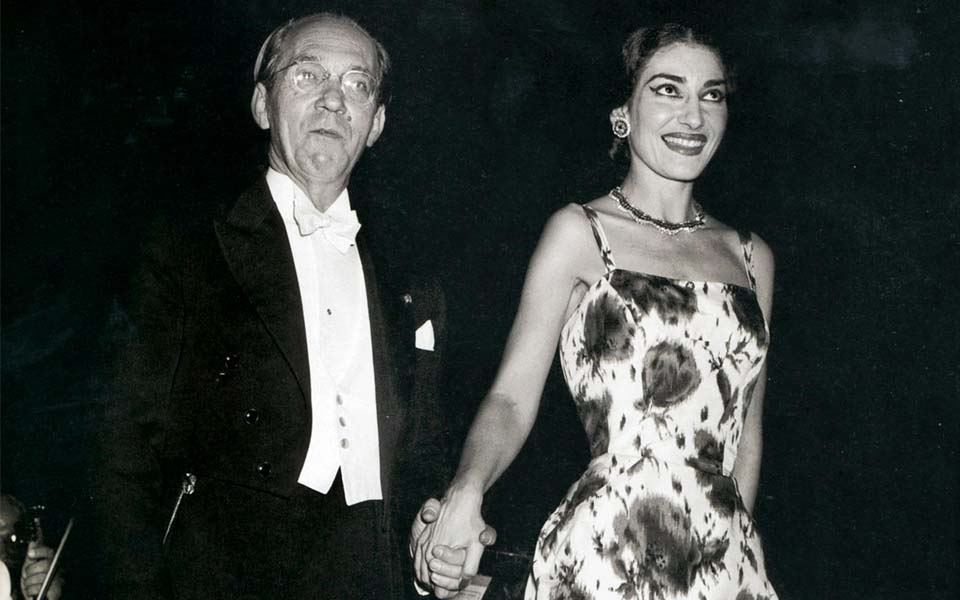
PERFORMING UNDER THE ACROPOLIS
Thanks to the festival, cultural life during the Athens summer now revolves around the magnificent Odeon of Herodes Atticus, the Roman theater financed by Herodes Atticus in the 2nd century AD and built on the southwest slope of the Acropolis. The route up to the theater, particularly from the Temple of Olympian Zeus, is like a walk through the city’s ancient past, the evening air heavy with the scent of jasmine, the sound of children playing in the streets, a sense of escape and expectation.
The Odeon was the first venue to be identified with the festival. Organizers shrewdly “sold” to foreign artists the opportunity to perform under the “halo” of the Acropolis. They, in turn, infused their efforts with inspiration from ancient Greece, and helped the festival quickly develop an international reputation. Theodore Kritas, the legendary producer and director who for decades was responsible for inviting artists to the Odeοn, recalls travelling to Moscow to speak with Rostropovich about performing. It only took him a few minutes to convince the great cellist and conductor; so captivating was the chance to perform in the shadow of the Acropolis. Leonard Bernstein was also delighted to perform at the festival, expressing his enormous admiration for the venue. In fact, the only special request he made was to be allowed, the day after his 1977 concert, to visit the grave of Dimitris Mitropoulos, his mentor and friend.
“One of the greatest artists to grace the Epidaurus Festival was undoubtedly Maria Callas. As she sang the Casta Diva aria, two white doves were released, prompting a storm of applause.”
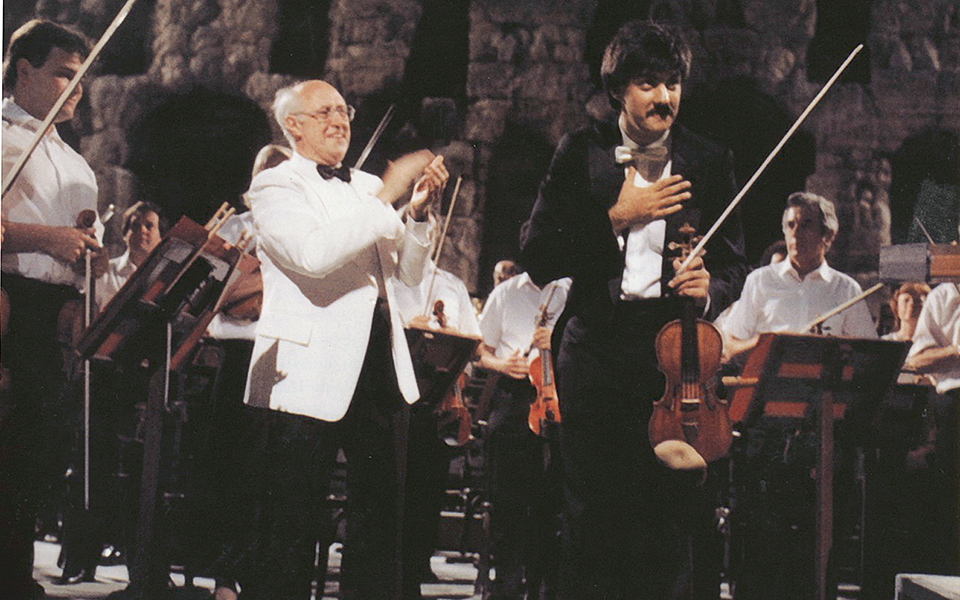
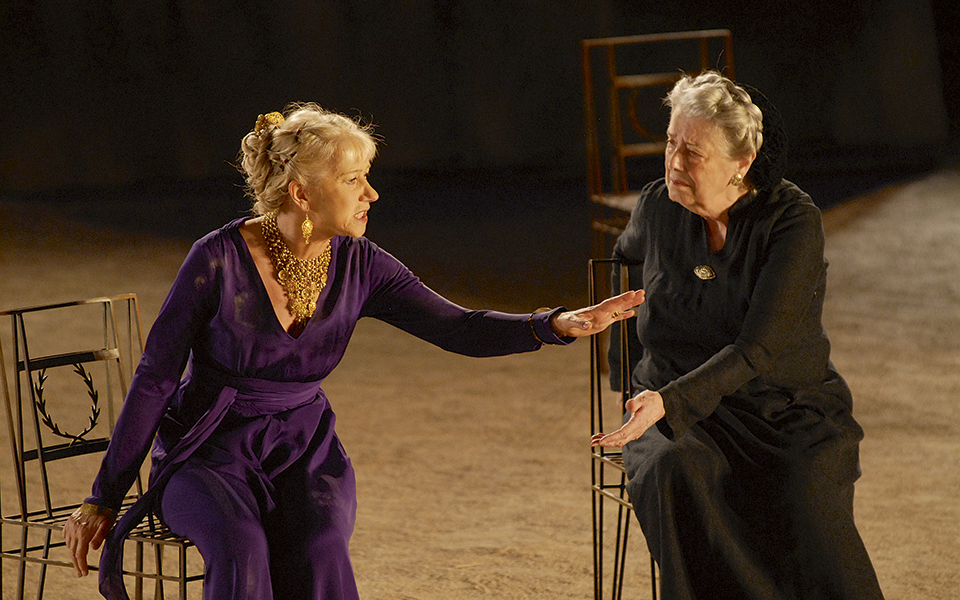
© Giannis Kanellopoulos
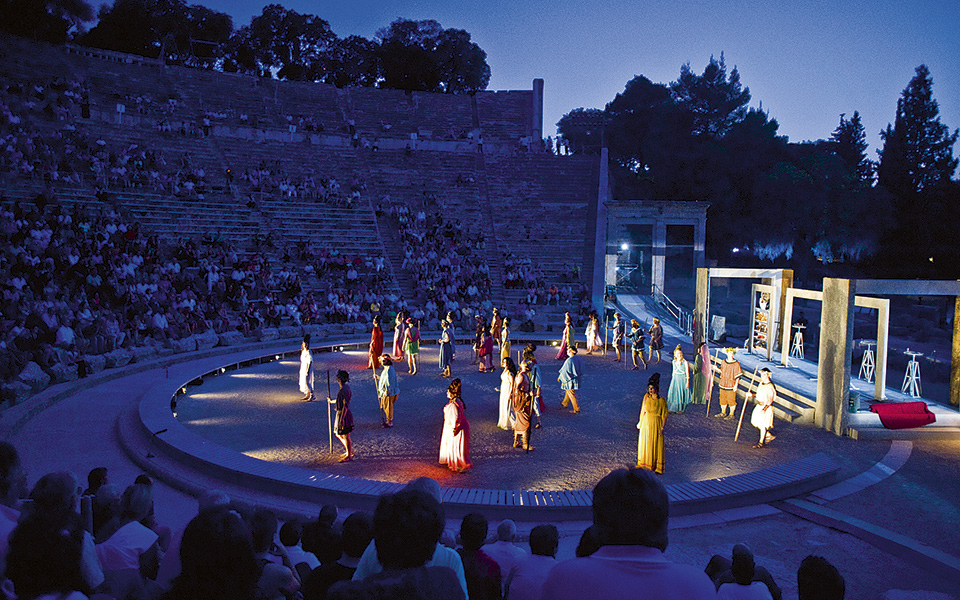
© Maro Kouri
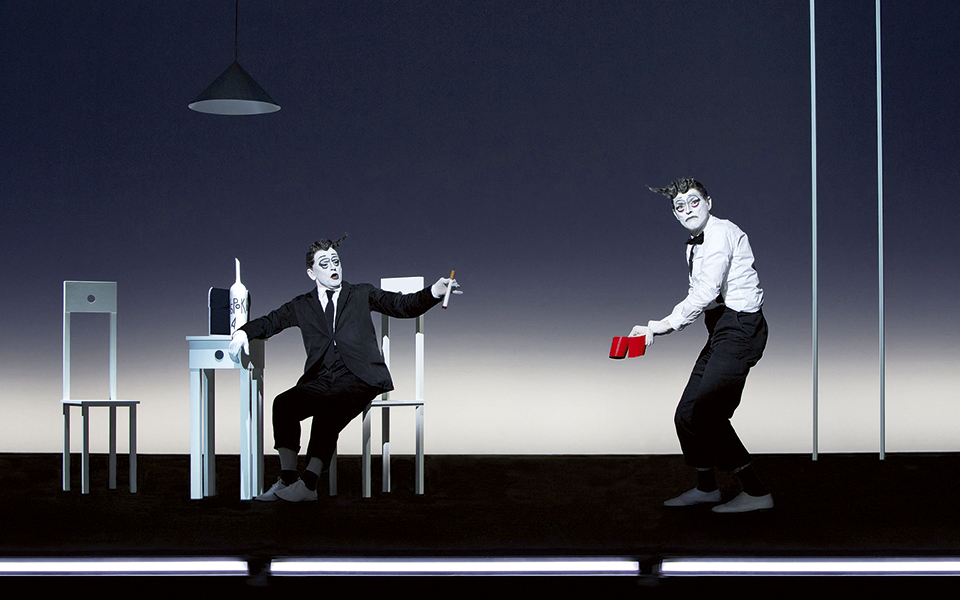
“The route up to the theater, particularly from the Temple of Olympian Zeus, is like a walk through the city’s ancient past, the evening air heavy with the scent of jasmine a sense of escape and expectation.”
THE EPIDAURUS CHAPTER
Just as the presence of Dimitris Mitropoulos had been integral to the success at the Odeon, actor-director Dimitris Rondiris became a key figure for the Great Theater of Epidaurus. It was Rondiris who established a new way of “interpreting” the ancient tragedies; his 1954 production of Euripides’ Hippolytos served as a dress rehearsal for the inaugural Epidaurus Festival the following year. For its official inauguration, an invitation was sent to actor and director Alexis Minotis, who had already distinguished himself in the theatres of England and who had appeared in Alfred Hitchcock’s Notorious alongside Cary Grant and Ingrid Bergman. Minotis chose to direct Euripides’ Hecuba by the National Theater, with Katina Paxinou in the title role. From this bright beginning, the Epidaurus Festival grew, soon becoming a great competitive arena for the world of theater.
One of the greatest artists to grace the Epidaurus Festival was undoubtedly Maria Callas. On 24 August, 1960, she performed Bellini’s Norma with the National Opera of Greece and with Tullio Serafin conducting. As she sang the Casta Diva aria, two white doves were released, prompting a storm of applause. At the end of the performance that night, the enthusiasm of the audience was so great that Callas reappeared for 10 encores. La Divina returned to Epidaurus the following year, again performing with the National Opera, this time in Luigi Cherubini’s Medea. Directed by Alexis Minotis before an audience of around 17,000, it was another triumph, with Callas receiving a standing ovation.
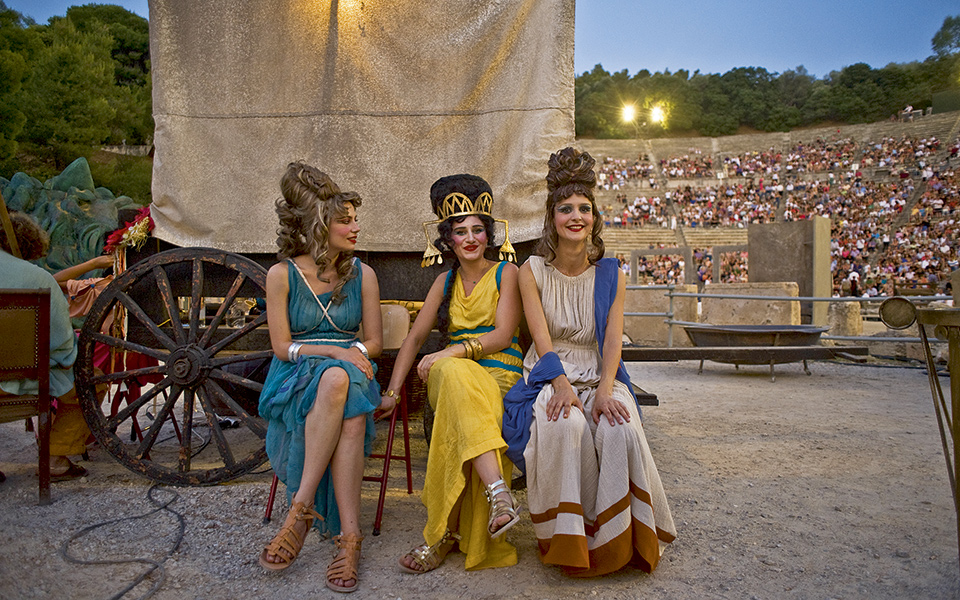
Because of the festival, life in and around Epidaurus takes on a different quality every Friday and Saturday in August. At Lygourio, the village that welcomes thousands of audience members after the performances, the locals are said to measure their age relative to the festival. In the early years, when there were no hotels, these same villagers would accommodate the festival performers in their own homes.
Since the festival began, other venues – in addition to the Odeon and Epidaurus – have sought to host events, including the Lycabettus Theater and the Stoa of Attalos. The man who envisioned a festival that would embrace the entire city of Athens was its former artistic director Giorgos Loukos. It was Loukos who, in 2006, launched an ambitious program of expansion. As a first step, an old furniture factory at 260 Pireos Street was renovated and transformed into a hub of avant-garde artistic expression. Many other new venues soon followed.
“Today, the Festival is deeply ingrained in our DNA. Most of us have fond memories of events we have seen at the Odeon or at Epidaurus, and we still look forward to the next performances.”
Today, the Festival is deeply ingrained in our DNA. Most of us have fond memories of events we have seen at the Odeon or at Epidaurus, and we still look forward to the next performances. As the years go by, I’m sure we’ll still worry that we’ve forgotten to switch off our cell phones, and we’ll still hide bottles in our bags for those particularly warm evenings. We’ll still be vexed by those stiletto heels that we couldn’t forego wearing, despite repeated warnings from archaeologists about the serious damage they cause to the monuments. We’ll continue to be outraged by the kilos of chewing gum removed from the marble by the special clean-up teams.
At the Odeon, political figures will squeeze into the front rows, while the upper tier will be full of young people. The seats will always be uncomfortable for long performances. Row 19 at the end of the lower tier will remain expensive, in great demand by those in the know, since this is the only row where the seats come with back support. And tourists will continue to use up the memory capacity of their cameras on their first visit, and leave the theater waxing lyrical about an incredible life experience…

